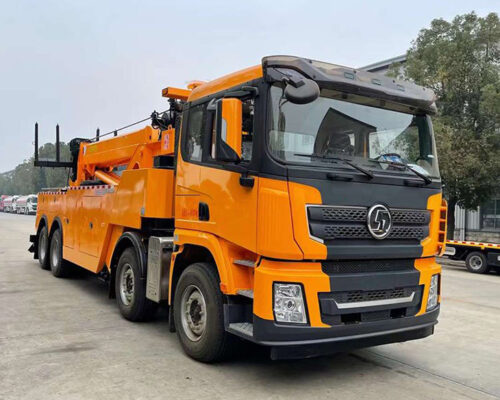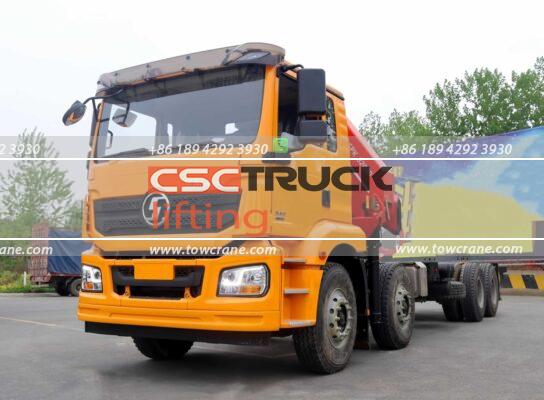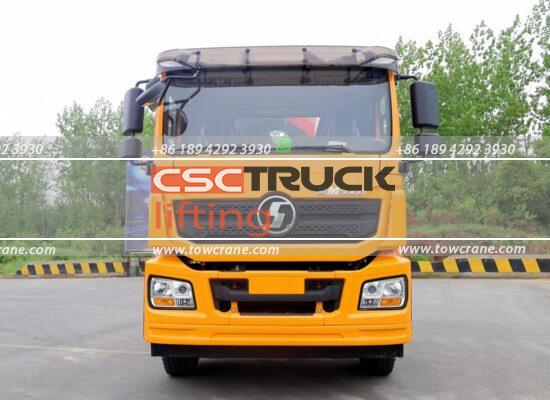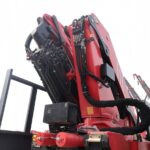Breakdown trucks, essential for handling accidents and traffic violations, come primarily in two types: flatbed and integrated tow-lift models. With economic growth and the rise in vehicle ownership and traffic accidents, the demand for these trucks has surged. Their operation requires specialized knowledge and meticulous maintenance. Here are crucial aspects to adhere to for optimal performance and longevity of breakdown trucks:
1. Hydraulic System Inspection
Routine Checks: After each use, inspect the hydraulic system’s valves, cylinders, and pipe joints for any leakage. Hydraulic system integrity is crucial for the smooth operation of breakdown trucks.
Action on Leaks: If leaks are found, promptly tighten or replace the seals. Any leaking hydraulic components must be replaced to prevent system failure.
2. Crane and Winch Checks
Structural Integrity: Regularly check the crane, winch, and associated parts for any damage or detachment. The crane and winch are vital for lifting and towing, so ensuring their reliability is paramount.
Immediate Repairs: Address any damage or detachment issues immediately to maintain safe and efficient operations.
3. Lubrication
Regular Lubrication: After each use, check the lubrication of specific parts of the breakdown truck. Proper lubrication reduces friction and wear, extending the lifespan of moving parts.
Avoid Piston Rod Lubrication: Do not lubricate the piston rods of the hydraulic cylinders to prevent attracting dirt and debris, which can cause damage.
4. Steel Cable Maintenance
Monthly Cleaning: Monthly, remove all steel cables from the hydraulic winch and clean them with oil. Clean steel cables ensure smooth operation and reduce the risk of breakage.
Thorough Inspection: While cleaning, inspect the cables for any signs of wear or damage and replace them if necessary.
5. Hydraulic Oil Maintenance
Regular Checks: Check the hydraulic oil every one to two months and add more if necessary. Maintaining the correct hydraulic oil level ensures the hydraulic system operates efficiently.
Contaminated Oil Replacement: If the oil becomes contaminated, replace it promptly. Contaminated oil can cause hydraulic system failures and reduce performance.
Yearly Replacement Cycle: The manufacturer recommends not exceeding a one-year replacement cycle due to the accumulation of impurities and increased viscosity, which hinder hydraulic expansion.
6. Use of Specified Hydraulic Oil
Adherence to Specifications: Always use the specified hydraulic oil as outlined in the breakdown truck’s manual. Using the correct oil type is crucial for system compatibility and performance.
Reputable Manufacturer: Ensure the hydraulic oil is from a reputable manufacturer to guarantee quality and reliability.
7. Hydraulic Oil Addition
Proper Procedure: When adding hydraulic oil, run the gear pump at low speed, and extend and retract the telescopic, folding, and boom cylinders 2-3 times. Rotate the hydraulic winch forward about 2 turns and then reverse to ensure all air is expelled through the oil tank vents.
Correct Oil Level: The final hydraulic oil level in the tank should be between the lower limit of the dipstick and the scale line. Proper oil level is critical for hydraulic system performance.
Filtering Oil: Use a filter with a precision of no less than 25 microns when adding hydraulic oil to prevent impurities from entering the system.
8. Valve Cleaning
Regular Cleaning: Regularly clean the multi-way and directional valves to remove any impurities. Clean valves ensure proper hydraulic flow and function.
Maintenance Schedule: Incorporate valve cleaning into the regular maintenance schedule to prevent system malfunctions.
Conclusion
Paying attention to these key points and diligently maintaining the breakdown truck will help extend its operational lifespan and ensure reliable performance. Regular inspections, proper lubrication, adherence to hydraulic oil specifications, and meticulous cleaning are essential for maintaining the efficiency and safety of breakdown trucks. By following these guidelines, operators can ensure their vehicles are always ready to handle emergencies and provide essential services.












